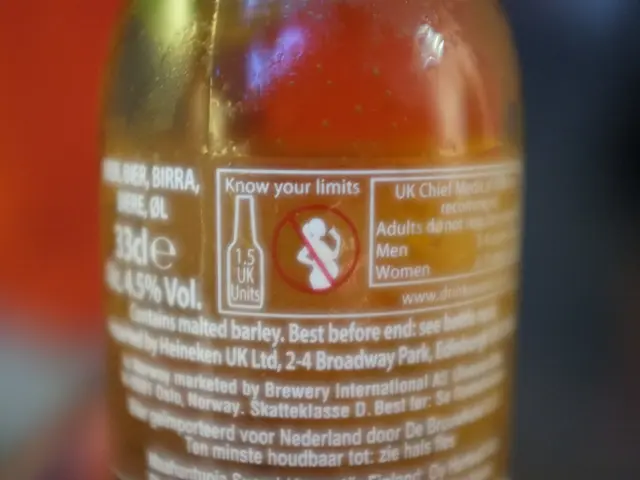Technology Limitating Speed to Reduce Stress While Driving
In a bid to reduce speeding-related fatalities, the European Union has mandated the use of Intelligent Speed Assistance (ISA) technology in all new vehicles since 2024. This system, which uses GPS, cameras, and onboard sensors to detect speed limits, has proven effective in preventing drivers from accidentally speeding on lower-speed roads.
The EU regulation aims to significantly reduce speeding-related accidents by up to 10%. The system can physically prevent acceleration beyond speed limits unless deliberately overridden, improving road safety by reducing crash risk and severity at higher speeds.
In contrast, the United States has not yet mandated ISA systems nationally, but there is growing interest and state-level actions. For example, Washington state recently passed legislation requiring the installation of ISA devices for drivers caught excessively speeding. These devices physically prevent speeding based on GPS and road sign recognition but allow limited overrides for legal passing.
The global trend toward adopting ISA systems in new vehicles shows increasing regulatory mandates, particularly in Europe, with emerging and varied approaches in the United States. Worldwide, governments and regulatory bodies are increasingly enforcing stricter speed management rules, promoting ISA or intelligent speed adaptation technologies to enhance traffic safety.
Beyond speed assistance, some regions are tightening regulations on assisted driving features themselves. For example, China is moving toward strong oversight on intelligent connected vehicles, stressing production consistency, recall management, advertising honesty, and safety validation for all intelligent driving features.
In summary, Europe leads with mandatory ISA in new vehicles since 2024, while the US adopts a more fragmented, state-based approach without a national mandate yet. Globally, adoption of ISA as part of speed management and automated safety systems is trending upward amid rising regulatory scrutiny.
Controlling speed is crucial for safety, as higher speeds reduce the time for driver reaction and increase the distance needed to stop. The commute from Annapolis, Maryland, to Arlington, Virginia, runs through Washington, D.C., with a 65 mph limit on expressways and potential congestion inside the Capital Beltway. The ISA system was effective in detecting speed limit changes on lower-speed roads, such as limited-access roads with on and off ramps.
ISA systems have been around for several decades and can identify the speed limit and detect when the driver exceeds it. The tested ISA device worked like cruise control, only in reverse, and allowed the driver some choice about when the speed limit would be enforced. ISA systems vary in their response, with some only providing an audible or visual warning or making the accelerator harder to press.
The ISA system was effective in helping the driver avoid speeding on the 14th Street Bridge in D.C., where the speed limit suddenly drops from 55 mph to 40 mph. The system was also effective in urban areas with high pedestrian and bicycle traffic, particularly at intersections following red lights.
A small uptick in impact speed has a dramatic effect on crash forces, with a 50% increase in impact speed resulting in a 125% increase in energy that needs to be managed. Higher speeds greatly increase the risk of severe injury or fatality for pedestrians. A 25% chance of severe injury for a pedestrian struck by a vehicle at 25 mph rises to 50% at 33 mph.
Companies such as MAGTEC and Sturdy sell aftermarket ISA systems, primarily targeting fleet operators. Ian Reagan, a Senior Research Scientist at IIHS, has studied the benefits of intelligent speed assistance (ISA) and argues it should be required in all new vehicles. Sturdy addresses rare discrepancies in their GPS speed limit maps and updates them based on user feedback.
As of July 1, new vehicles sold in Europe are required to have ISA that at least provides a warning. ISA systems of various types are starting to appear as options on new vehicles in the U.S. The urgency is clear, with over 12,000 speeding-related deaths in 2023 according to the National Highway Traffic Safety Administration. The adoption of ISA systems is a significant step towards making our roads safer for everyone.





